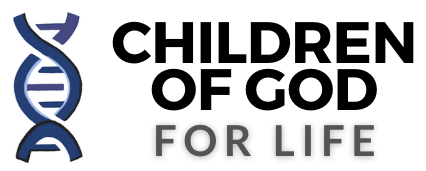Scientists to make ‘Stuart Little’ mouse with the brain of a human
By James Langton in New York
(Filed: 06/03/2005)
It will look like any ordinary mouse, but for America’s scientists a tiny animal threatens to ignite a profound ethical dilemma.
In one of the most controversial scientific projects ever conceived, a group of university researchers in California’s Silicon Valley is preparing to create a mouse whose brain will be composed entirely of human cells.
Researchers at Stanford University have already succeeded in breeding mice with brains that are one per cent human cells.
In the next stage they plan to use stem cells from aborted foetuses to create an animal whose brain cells are 100 per cent human.
Prof Irving Weissman, who heads the university’s Institute of Cancer/Stem Cell Biology, believes that the mice could produce a breakthrough in understanding how stem cells might lead to a cure for diseases such as Parkinson’s and Alzheimer’s disease.
The group is waiting for a key American government-sponsored report, due this month, that will decide just how much science can blur the distinction between man and beast.
Last week, however, the university’s ethics committee approved the research, under certain conditions. Prof Henry Greely, the head of the committee, said: “If the mouse shows human-like behaviours, like improved memory or problem-solving, it’s time to stop.”
He accepted that the project might seem “a little creepy”, but insisted: “It’s not going to get up and say ‘Hi, I’m Mickey’. Our brains are far more complicated.”
Biologists know such creatures as “chimeras”, after the mythical Greek monster that was part-lion, part-goat and part-serpent.
Prof Weissman said that there was no way of knowing whether the “human-mice” would develop any human characteristics until after they were born. In previous experiments, pigs with human blood have been developed at a clinic in Minnesota. Last year, the University of Nevada produced sheep whose livers were 80 per cent human and could one day be used for transplants.
An inquiry into laying down rules for research using stem cells from human embryos was launched last summer by America’s National Academies of Science. The government-sponsored report, said to be in draft form, will govern stem cell research in the private sector. It comes at a time of growing confusion in America over the limits of stem cell research.
President George W Bush halted government-funded research during his first term of office but several states, including California, have since passed laws that allow support for stem cell projects from local taxes.
At hearings in Washington last October, Prof Weissman argued strongly against a ban on “chimera mice”. He believes that the mice would behave like any others, but said that he would monitor the experiment closely and destroy them at the slightest suggestion of human-like brain patterns.
Supporters of stem cell research at Stanford University include the actor Michael J Fox, who suffers from Parkinson’s disease. Fox provided the voice for Stuart Little, Hollywood’s version of the “human mouse”, who talks, has human parents and lives in a New York apartment.
Opponents of Prof Weissman’s work accept that his mice are unlikely to show such obvious human traits, but voice concerns that the brain cells would begin to organise themselves in a way that was more human than mouse. There is growing unease over whether human stem cells could migrate to other parts of the animals, creating human sperm or eggs in their reproductive systems.
Should two such “chimera mice” mate, it could lead to the nightmarish scenario of a human embryo trapped in a mouse’s womb. William Cheshire, a neurology professor from the Mayo Clinic in Florida and a Christian activist, has called for a ban on any research that destroys a human embryo to create a new organism.
“We must be careful not to violate the integrity of humanity or of animal life,” he said. “Research projects that create human-animal chimeras risk disturbing fragile ecosystems, endanger health and affront species integrity.”
In a recent article for the conservative Weekly Standard magazine, Wesley Smith, a consultant for the Centre for Bioethics and Culture warned that “biotechnology is becoming dangerously close to raging out of control”.
He wrote: “Scientists are engaging in increasingly macabre experiments that threaten to mutate nature and the human condition.”
Reprinted with permission of The Telegraph, all rights reserved.

I volunteered to take part in the Novavax study back in Early 2021. I was thrilled that an ethical option…
This article is dated 13 Aug 2021.
God bless you both and your growing family! Your work has been appreciated beyond words. I look forward to your…
Science and medicine proclaim to want to save lives with sick innovation and research like we just read about but…
Want information to be in English
Dear GOD! Have mercy on this. Makes me want to vomit.